Lieutenant Basil Trott, thought to be the last survivor of the Battle of the River Plate – obituary
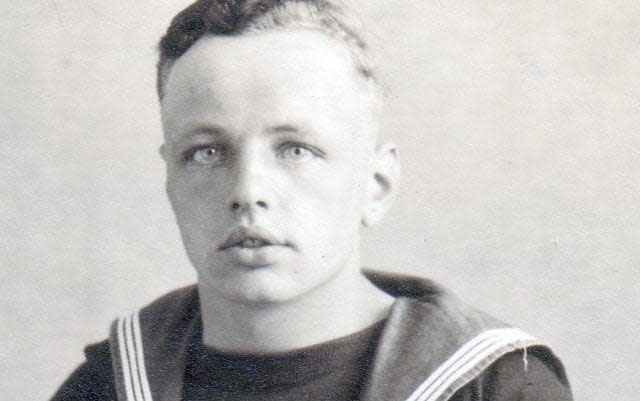
Lieutenant Basil Trott, who has died aged 101, was thought to be the last survivor of the Battle of the River Plate on December 13-17 1939, of which Winston Churchill, then First Lord of the Admiralty, said: “This brilliant sea fight takes its place in our naval annals and in a long, cold, dark winter it warmed the cockles of the British heart.”
In 1939, Trott, a seaman gunner, was the gunlayer of the left gun of Y turret (the after turret) of the heavy cruiser Exeter, off the River Plate, where Commodore Henry Harwood had concentrated three cruisers of the South Atlantic squadron in the hunt for the German pocket battleship Graf Spee.
Trott was at his action station when shortly after dawn on December 13 Graf Spee loomed over the western horizon; with the longer range of her 11-inch guns she was able to open fire on Exeter before Exeter could fire back.
In Y turret it was hot and noisy, but there was no shouting as Trott and his comrades loaded their twin 8-inch guns “like it was an ordinary practice shoot”. Graf Spee was able to fire twice the weight of shell of all three British cruisers combined, and was concentrating her broadside on Exeter as the largest of the British ships, but any fear vanished as the men fired some 50 rounds in reply.
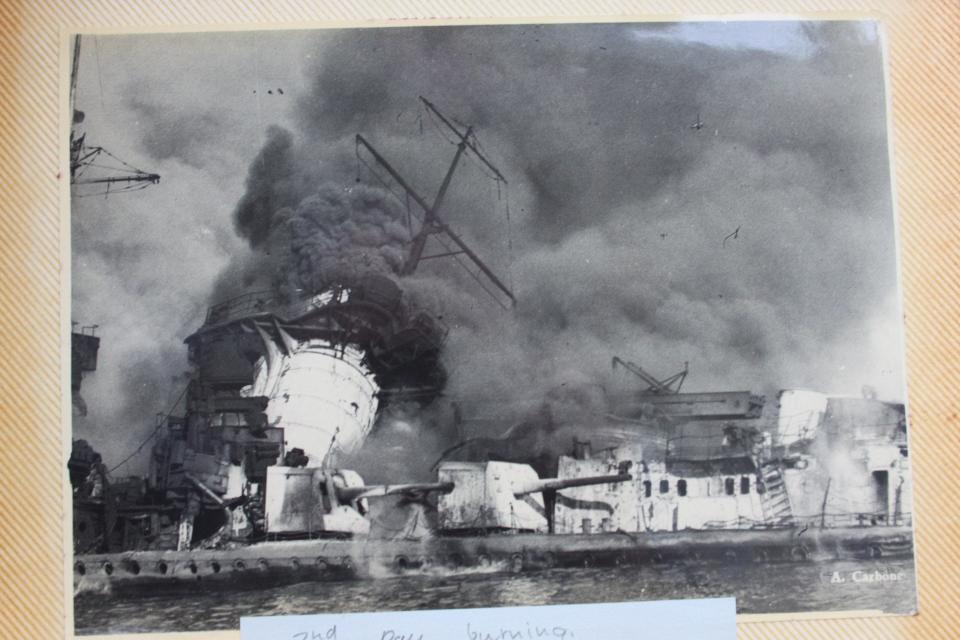
As gunlayer, Trott’s task was to control the angle of elevation of the left gun, ensuring that the two pointers (showing the demanded angle from the director and the angle of his gun) were kept in sync – and, after power was lost, to fire the gun. His was the last of Exeter’s guns to be let loose at Graf Spee.
The action seemed to Trott to last “no time at all”, but it was an hour and a half before he emerged from the turret to discover that Exeter was in “a pretty sorry state”. The 4-inch gun which had been Trott’s previous action station was destroyed, and he realised that he might have died: A and B turrets were out of action, the superstructure was pocked with splinters, the bridge was wrecked, and among the 58 dead and many wounded the captain, “Hooky” Bell, was temporarily blinded.
Graf Spee was also damaged, and while she was chased into Montevideo harbour by the 6-inch light cruisers Ajax and Achilles, Trott joined the chain of men passing orders from the emergency steering platform to the tiller flat. He was then detailed to assist in the gruesome task of picking body parts from the wreckage and sewing them up in weighted hammocks for burial at sea.
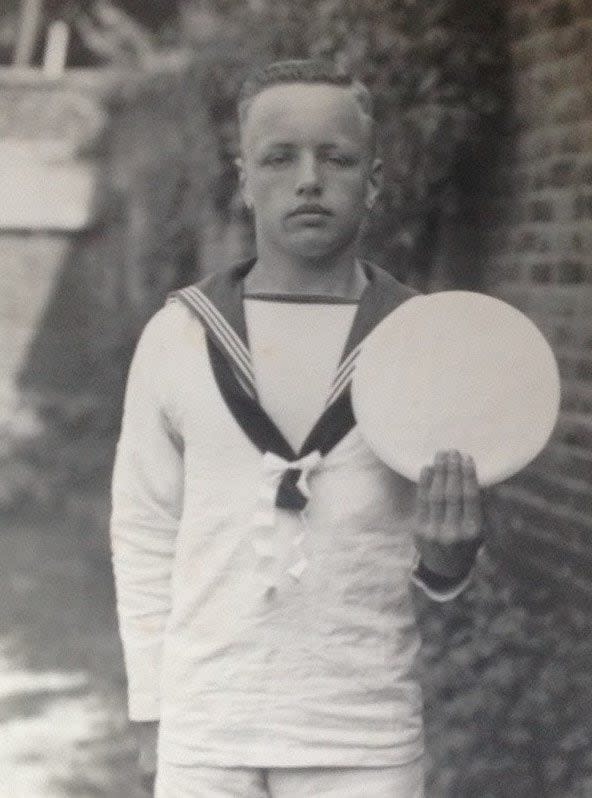
He recalled: “It was impossible to separate who was who and it was a matter of putting together bits and hoping that those that you had sewn up into a hammock were all the same person.”
After the mainbrace was spliced (a free tot of rum given out) Trott turned in, slept well, and was never troubled by bad dreams afterwards.
Exeter made for the Falkland Islands, where she was warmly welcomed. The ship’s company was accommodated ashore while they repaired the ship, Trott staying with the family of a young woman whom he had met on previous visits.
One of his tasks was to climb Exeter’s masts, in the style of one of Nelson’s sailors 150 years earlier, to strike the wooden topmasts and rig a crow’s nest on the foremast. He also heard the news that Graf Spee had scuttled herself, and was disappointed not to have had the chance to finish the job himself.
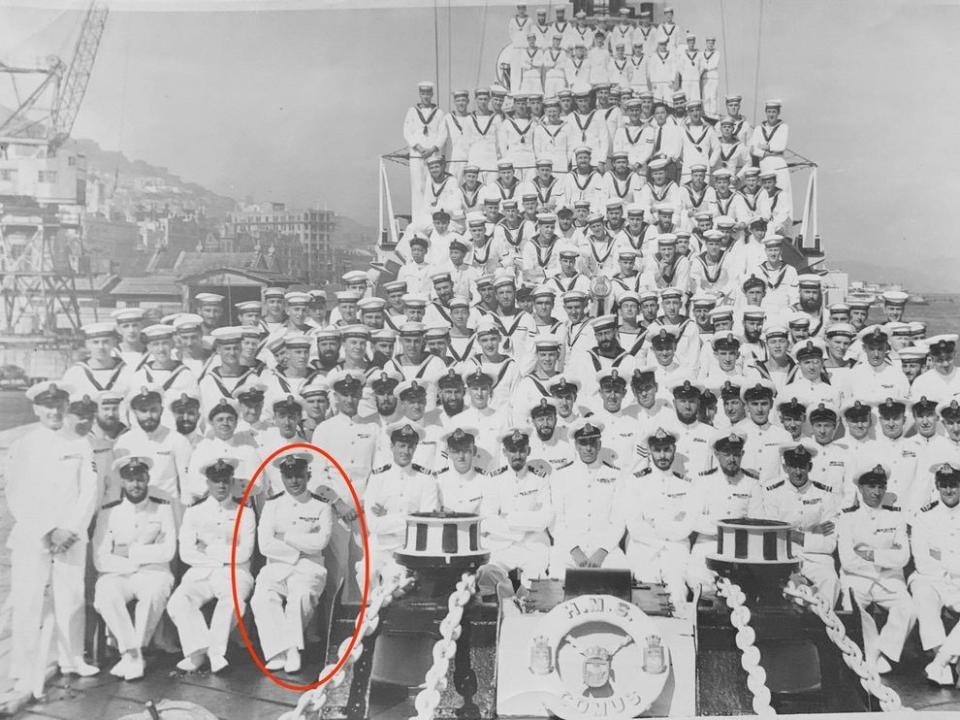
When eventually Exeter reached Plymouth and her people were greeted as heroes, Trott’s thoughts were: “Why all this, what have we done? We fought a battle which we had been trained to do and just felt that we had done our duty.”
Trott’s return home was marred by the news that a brother had been killed when the destroyer Daring was torpedoed off Scotland. Nevertheless, he was pleased that his ship was given the freedom of the city of Exeter, and on February 29 1940 the ship’s company marched through the streets with fixed bayonets carrying Exeter’s shell-torn White Ensign.
Basil Arthur Trott was born in Catford, south-east Londonon December 22 1919, and, like his three brothers, was educated at the Royal Hospital School, Greenwich. Aged 15, he joined the Royal Navy at HMS St Vincent, Gosport. There he distinguished himself as a marksman and as “button boy” atop the 127 ft mast at his passing out parade.
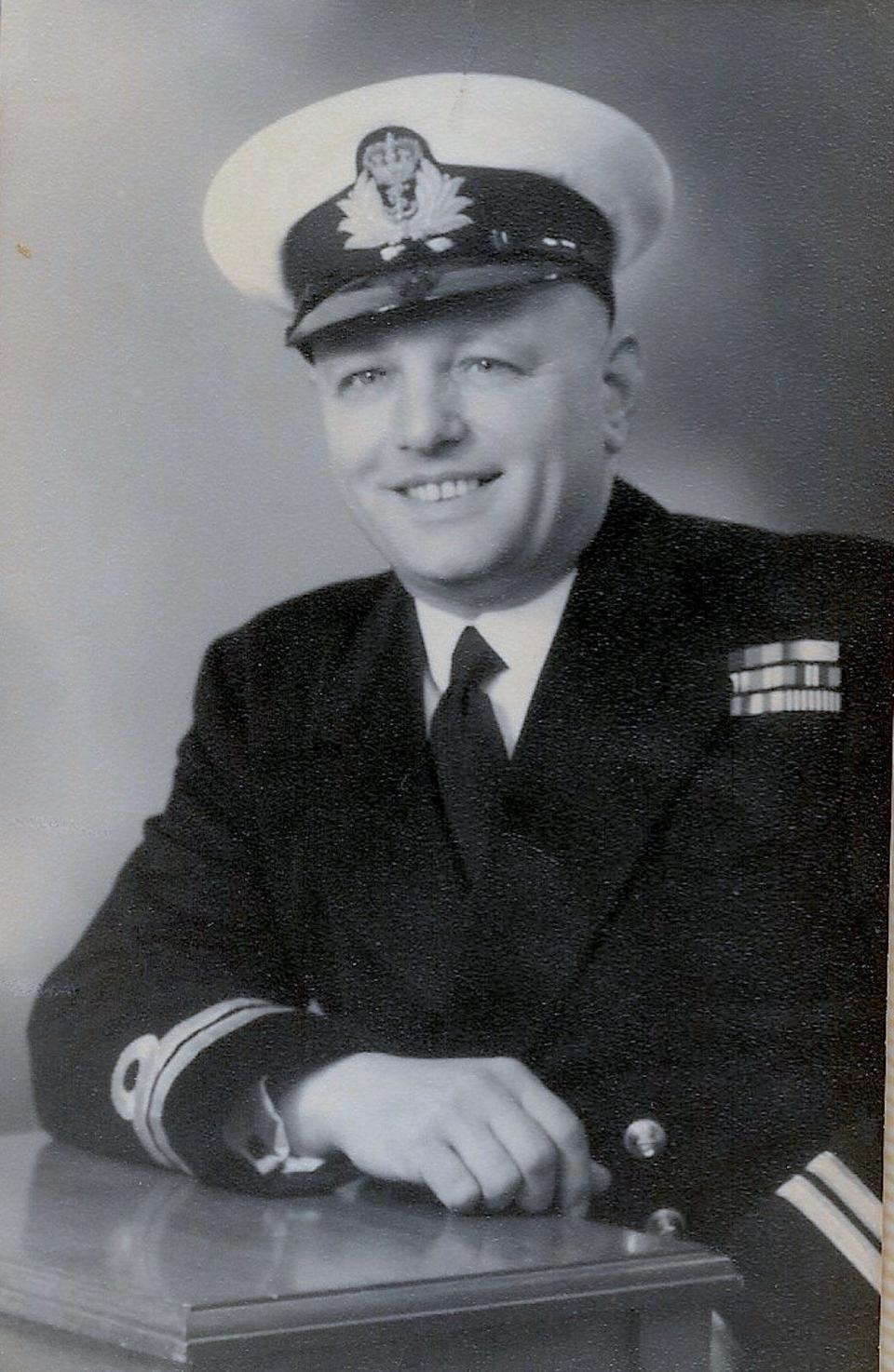
By 1937 he was in Exeter in the Pacific when a major earthquake hit the city of Concepción, Chile, killing some 30,000 people. The tremors were felt at sea, and Trott was a member of one of three platoons and a demolition party who dug in the rubble, rescuing an estimated 800 casualties. Later Exeter sailed for Valparaíso with several hundred refugees. Medals were struck, but the war intervened before they could be awarded, and it was not until 2017 that Trott received his Chilean award.
After Exeter, Trott served as a petty officer in the cruiser Kenya for three years; as gunner’s mate in the destroyer Wallace on convoys off Britain’s east coast (1944-45); as master gunner in the destroyer Solebay (1946-48); and, commissioned as a special duties gunner, in the destroyer Comus during the Korean War. After a period of instructing at the gunnery school, HMS Excellent, Trott joined his last ship, the frigate Whitby, as gunnery officer, serving from 1955 to 1957.
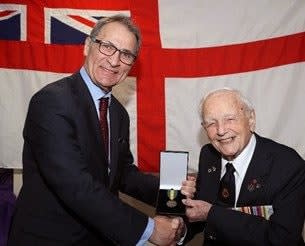
In 1958 Trott took a “golden bowler” (early retirement) to pursue a career as a local government officer, first in Gosport and then in Portsmouth. He retired in 1984, and four years later settled in Torrevieja in Alicante, where he established a new Masonic lodge, Old Tower: he finally settled in Cherry Hinton, Cambridgeshire.
In 2001 Trott visited Montevideo, financed by the National Lottery Heroes Return Initiative, and met one of the survivors of Graf Spee. In 2003 he was in the town of Ajax, Ontario – which has streets named after the victors of the Battle of the River Plate – and opened Trott Lane.
He married Violet Duncan in 1943; she died in 1989, and he is survived by his son and his second wife Sadie Anderson-Rush, whom he married in 1994.
Basil Trott, born December 22 1919, died July 12 2021

 Yahoo News
Yahoo News 
